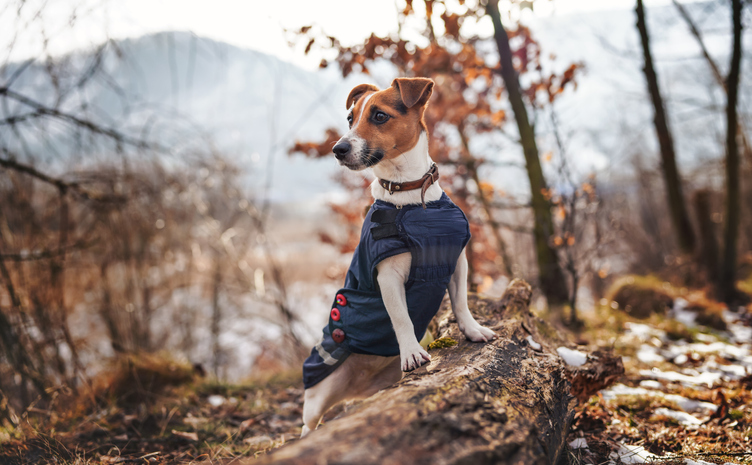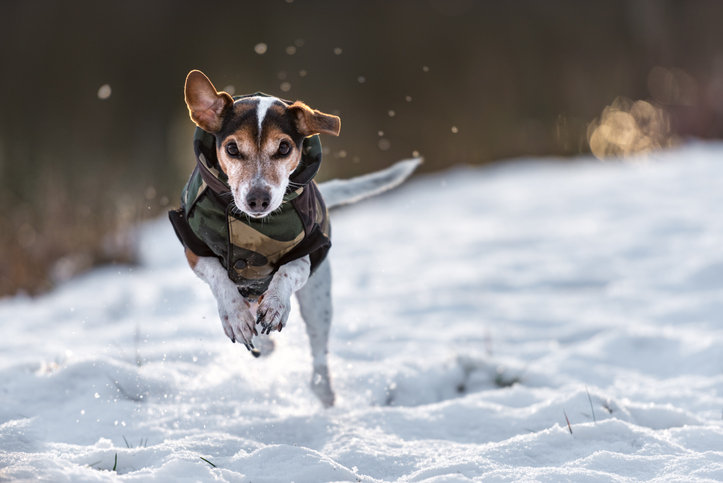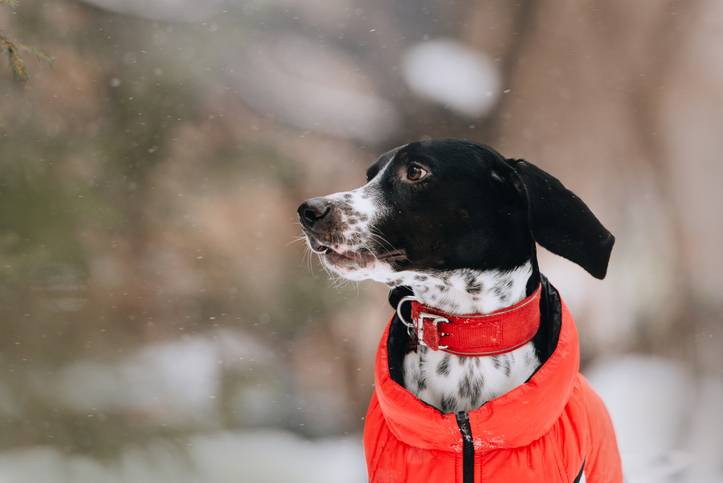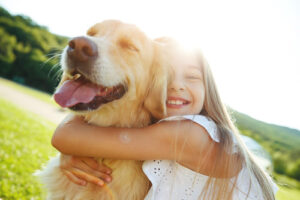As fall approaches, pet store aisles fill with cute sweaters, coats, and booties in a range of colors and styles. Is pet clothing necessary, or is it just a money-making scheme? Believe it or not, some pets benefit from wearing warm clothing when the weather turns cold. So, how cold is too cold for your dog, and when do you decide whether you should have your dog wear a coat?
Determining how cold is too cold for dogs depends on various factors including breed, size, age, and health condition. As a general guideline, temperatures below 45 degrees Fahrenheit may pose risks to dogs, especially those with short coats or health issues.
To learn more about what temperature is too cold for dogs, and when your dog can wear a winter coat, check out the rest of the article.
It Depends on the Dog
Some dogs are bothered more by cold weather than others. Large dogs with thick, fluffy undercoats like Huskies, Malamutes, Great Pyrenees, and Chow Chows won’t need an additional coat during the winter because they have multiple layers of fur. The dense undercoat is fine and serves to insulate the body. These dogs are naturally comfortable in extremes of cold weather.
Short hair dogs, like Greyhounds, MinPins, Bulldogs, Great Danes, and the nearly hairless Chinese Crested will need an extra layer of protection against cold weather. With just a thin fur layer, these dogs can easily get chilled when the temperature falls below 45 degrees.
The age and health of the dog can also help determine if the dog needs to wear a coat in cold weather. Very young puppies do not have internal temperature regulation fully formed. Of course, the best thing to do would be to keep them inside, but if they must be exposed to cold weather they should be wrapped in blankets or placed in coats or sweaters.
Elderly dogs can be negatively affected by temperatures near freezing. Aching joints, thin skin, and hair loss occur as dogs age. This can lead to discomfort in cold weather. If you must take your elderly dog outside in the winter, make sure they are warm enough.

Weather Conditions
Not all winter weather conditions warrant dressing your dog. If the temperature is above 45 degrees, your dog will probably be fine without a sweater or coat.
If the temperature falls below 40 degrees, you might look for a light sweater to help keep your short to medium-haired dog warm. In temperatures below freezing, your dog will need something warmer. A heavier sweater, a lightweight insulated coat with a hood, or a waterproof jacket can protect your pet from the elements.
If the weather outside is near zero you need to limit your trips outside. The same is true if the snow is deep compared to your dog’s height. In hail, sleet, or freezing rain, you should try to keep your dog inside as much as possible.
These recommendations are for dogs with short or medium hair, but some long-haired dogs may get cold in extreme winter weather. In that case, try to get your dog back inside as quickly as possible.
Duration
Of course, all dogs need to go outside for potty breaks, and some need a daily walk to manage excess energy. In extremely cold weather, limit the time outside to no more than ten minutes. Any longer than that could lead to frostbite on the tips of the ears and tail and the feet.
If your dog absolutely refuses to go outside in the cold weather, try piddle pads or squares of sod in a wading pool.
Fit
The sweater or coat you purchase your dog should be fitted to his or her size and provide the proper protection against the elements. It is tempting to buy something just because it is cute, but this is just a waste of money if it doesn’t protect your dog.
To ensure proper fit, use a soft cloth tape measure to measure your dog’s neck and chest girth. Also measure from the collar to the tip of the tail. All these measurements will help you buy the correct size garment.
A properly fitting coat should fit securely, but not too snuggly around the dog’s neck and chest. Many dog coats have velcro fasteners on the underside. The coat should wrap around the dog’s belly and close comfortably, without being too loose and baggy or too tight that it squeezes.
The coat should cover the dog’s back from the collar to the beginning of the tail at the hips. Be sure the shape of the coat or sweater allows the dog to comfortably use the bathroom.
Avoid coats or sweaters with hanging strings, buttons, decorative buckles, and loose threads or fringe that can get caught around toenails. Also, consider the fabric choice. A sturdy duck cloth will be more durable and warm than a shiny, polyester jacket. Remember to buy for practicality rather than fashion.

Safety
Your pet’s safety should be your primary concern. For dogs that are low to the ground, the majority of the chest and stomach should be protected from snow and ice.
Long-haired or double coated dogs should only be dressed in lightweight clothing if absolutely necessary.
Even with a coat, your dog can get too cold outside. Shivering, whining, and refusing to walk on frozen ground are signs that the dog is too cold.
Keep in mind that toes, tails, and ears can easily be damaged by frostbite if exposed for too long. Most coats don’t cover these areas. However, there are some doggy jackets that include a drawstring hood.
For all dogs, remove the sweater or coat in the car or inside a house or building. The dog can easily get overheated. Watch for excess panting, drooling, whining, and drinking water. These can be signs of too much heat.
Also, keep in mind that your dog might start an outing in a jacket, but need to have it removed after walking, running, or playing because his body temperature will rise with activity.
Dog clothing can be useful in extreme cold or if your dog has very thin, short hair, or health problems. Choose the best coat for the weather conditions and your dog. It will protect your pet from the elements. As always, it is best to consult with your veterinarian to ensure your pup’s safety.
If you have any questions or would like to schedule an appointment, call us at (914) 737-2437! At Taconic Veterinary Center, we are here to help you and your pet with all of your needs!





